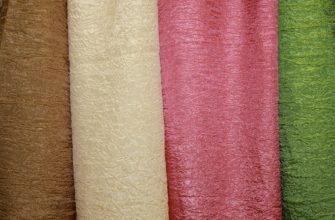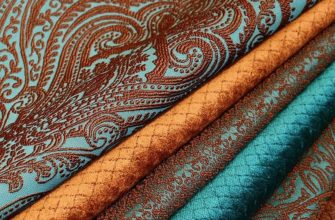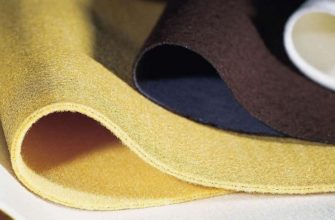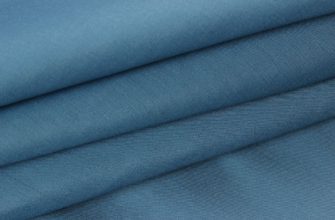This article provides complete information about the fabric called fukra. How to care for it and much more.
- Fukro - what kind of fabric is it?
- What is fukra fabric made of - what is it
- Features and specifications
- Does foukra fabric stretch?
- Types of material
- Fukra knitwear
- Lightweight fabric
- Volumetric fabric
- Scope of application
- Recommendations for the care of products made of fukra
- Description of pros and cons
- Pros
- Cons
Fukro - what kind of fabric is it?
This canvas can be made from several types of materials:
- Natural;
- Synthetic;
- Artificial.
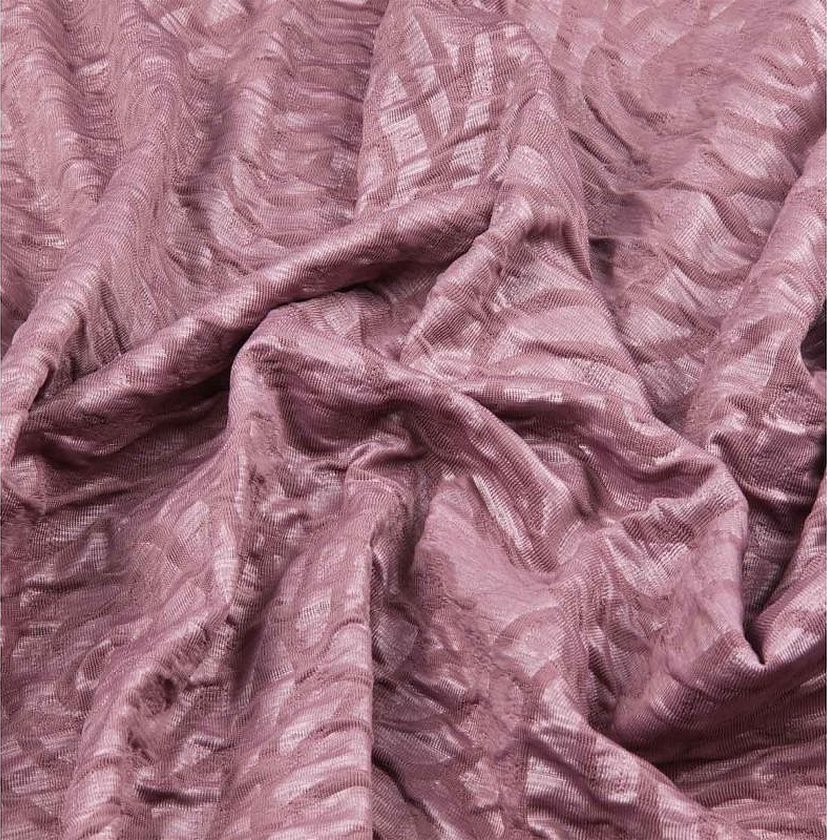
All of them are united by the compressed structure of this fabric, which resembles a stamped pattern. This material can also be compared to such a material as crushed silk.
What is fukra fabric made of - what is it
Fukura fabrics are made from polyester fibers and only. There should not be any other fibers in it, but nowadays this fabric can be woven from other fibers. The manufacturer can also mix several types of fibers and make fabric inserts on which a metallic coating is used to give the fabric a shinier look and a dense texture. Fukura fabric is made from two layers, thus creating those distinctive patterns.
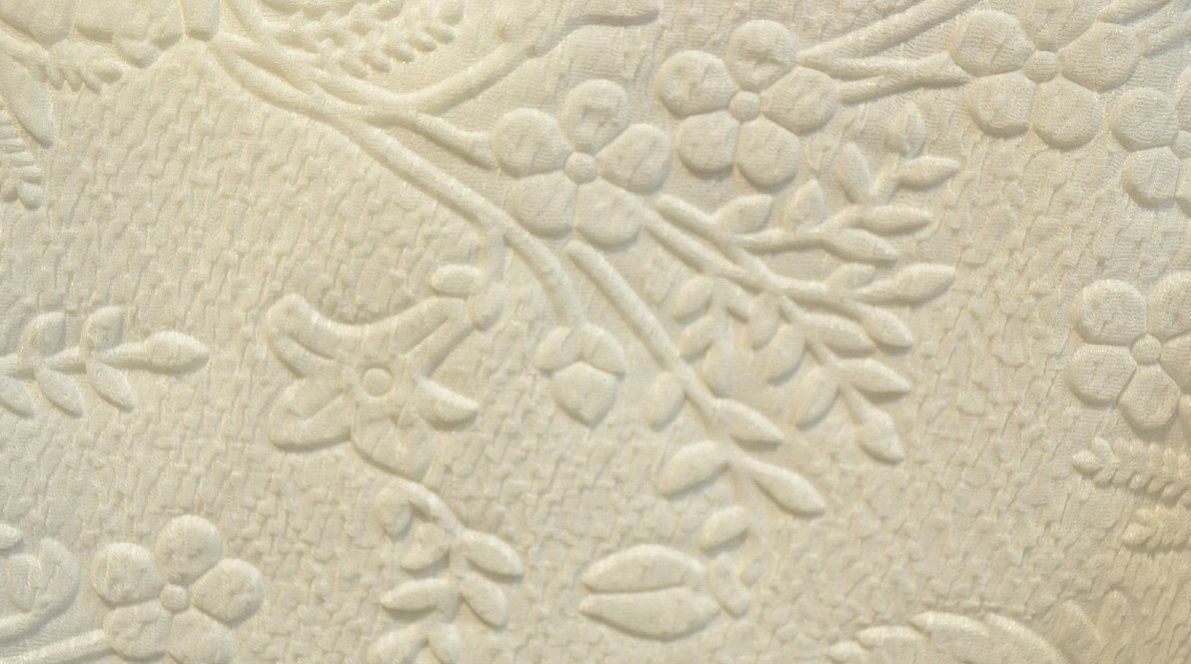
More popular for production:
- Cotton;
- Flax;
- Wool;
- Silk.
Features and specifications
The main distinguishing feature of fukra from all other fabrics is its eye-catching appearance.
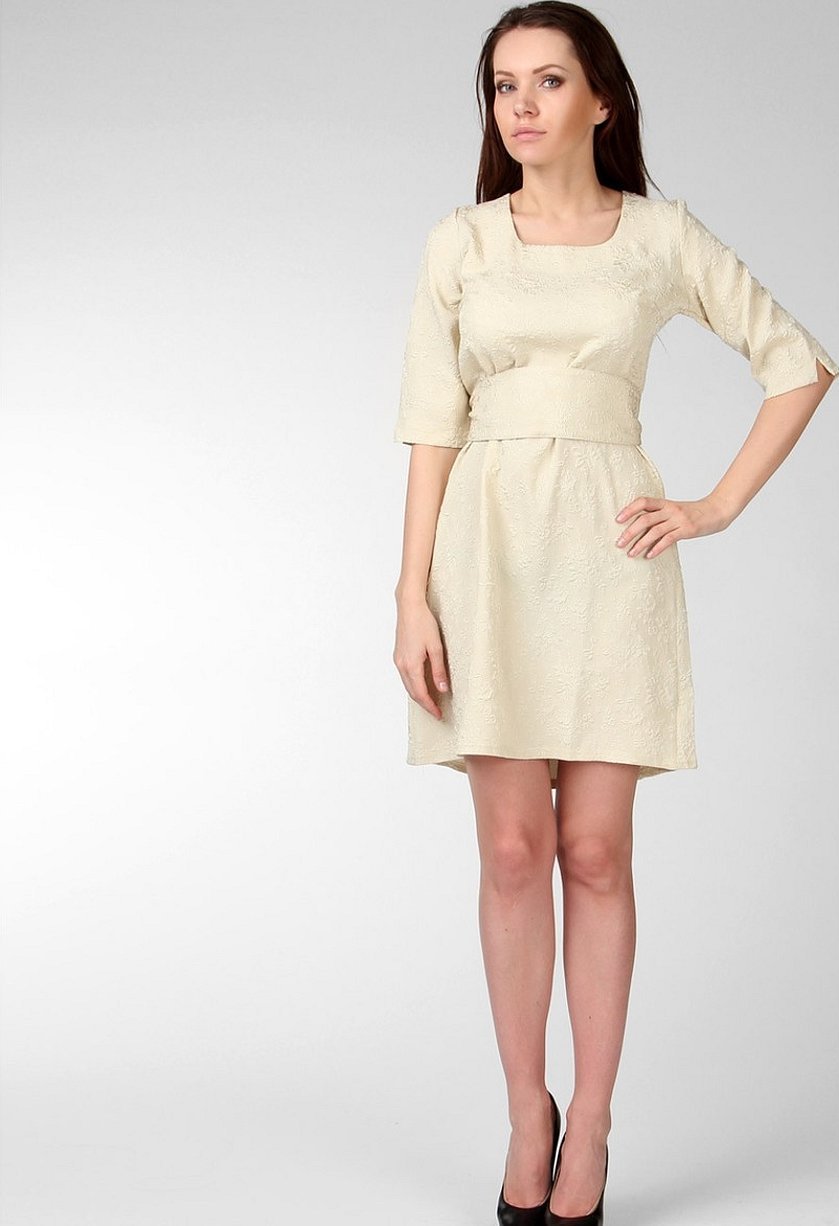
Clothes made from such material are distinguished by the fact that they hardly wrinkle and become very comfortable to use. Since metal threads are added to the fabric, it has very high strength and wear resistance. Its almost constant shape cannot be ignored. This fabric does not deform when washed or used for a long time. Clothes made from this fabric are suitable for both high-income and middle-income people. Fukra is not expensive, and its quality will constantly please the buyer.
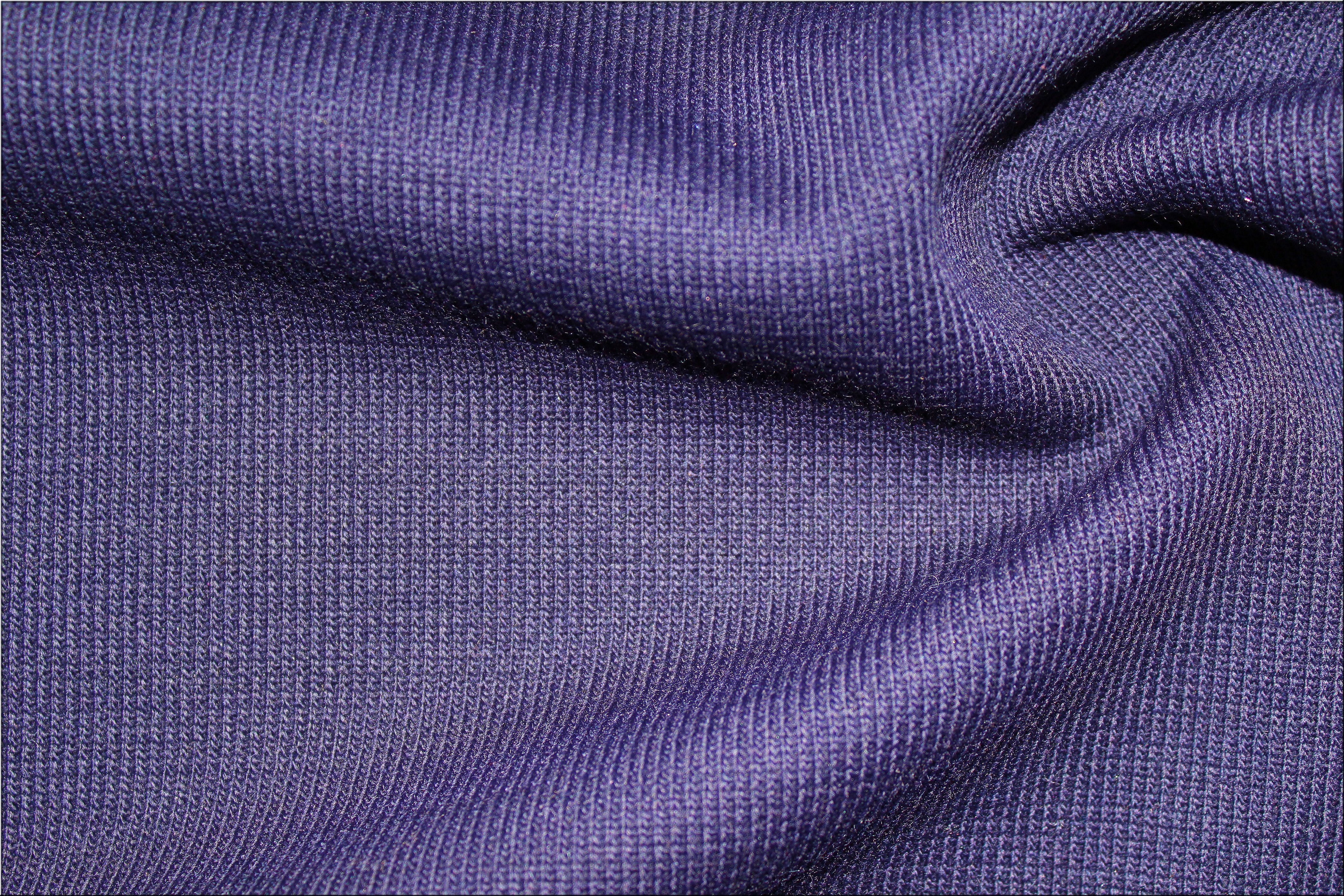
Important! If the fabric is made only of polyester, then its price category increases sharply.
Does foukra fabric stretch?
Yes, knitwear stretches well and does not require any special treatment.
Please note! Suiting, satin and taffeta fabrics have almost no stretch, as they are distinguished by their coarseness and durability.
Types of material
There are several types of this material. The difference lies in the way the threads are intertwined and their composition.
Fukra knitwear
The most common in our time. This fabric is made of two layers connected to each other, which ultimately results in beautiful patterns.
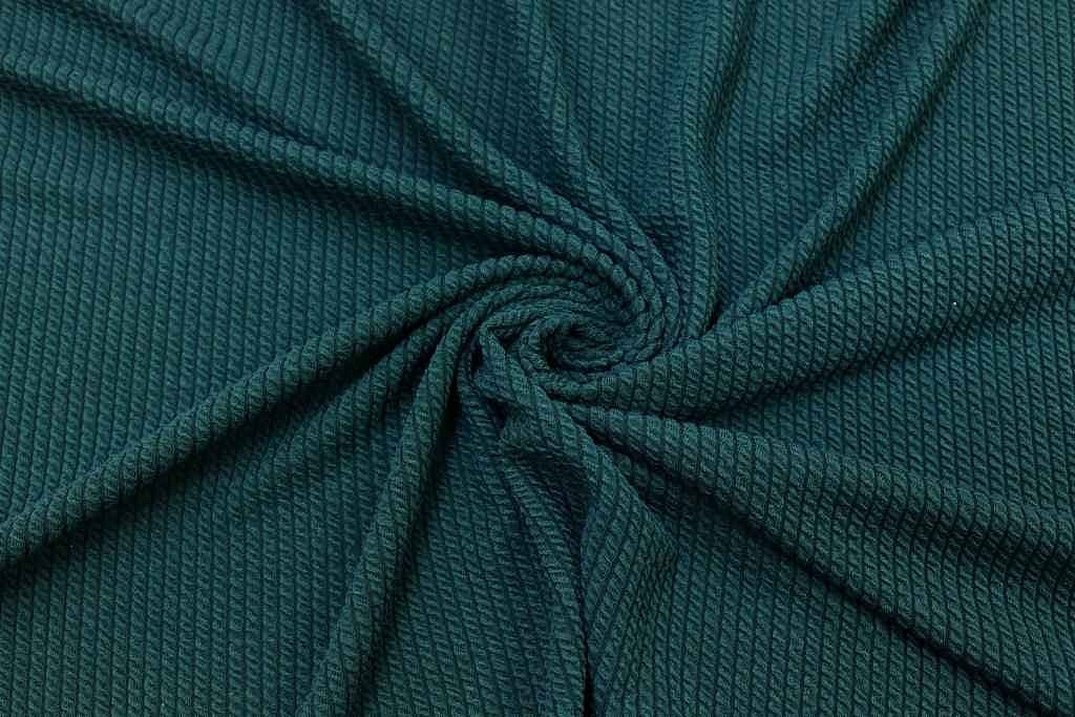
Various items are sewn from this fabric: sports suits; sweaters; dresses; children's clothing and even underwear.
Additional information! This material produces quite beautiful, and most importantly, high-quality and durable upholstery for furniture with unique patterns.
Lightweight fabric
As a rule, it is used to create summer clothes. Also, this material includes silk foukra. This material is very expensive and is used as an addition to the main style (scarves, shawls, ties).
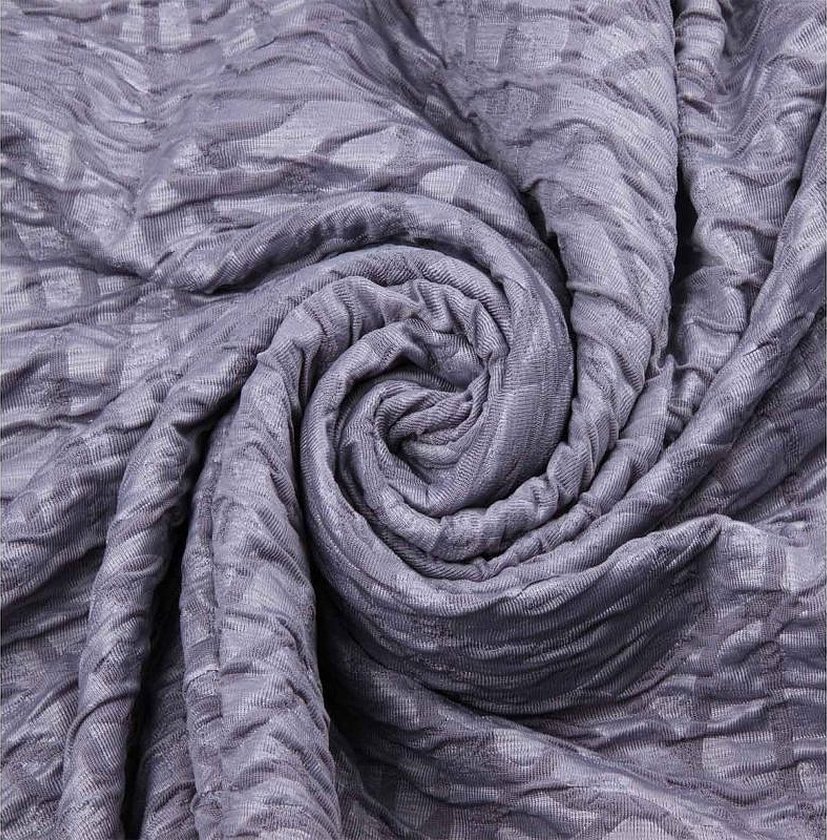
Volumetric fabric
It is used for upholstery of soft furniture (such as sofas) or for making bags. Such things will serve for a very long time and will please the owners with their unique patterns.
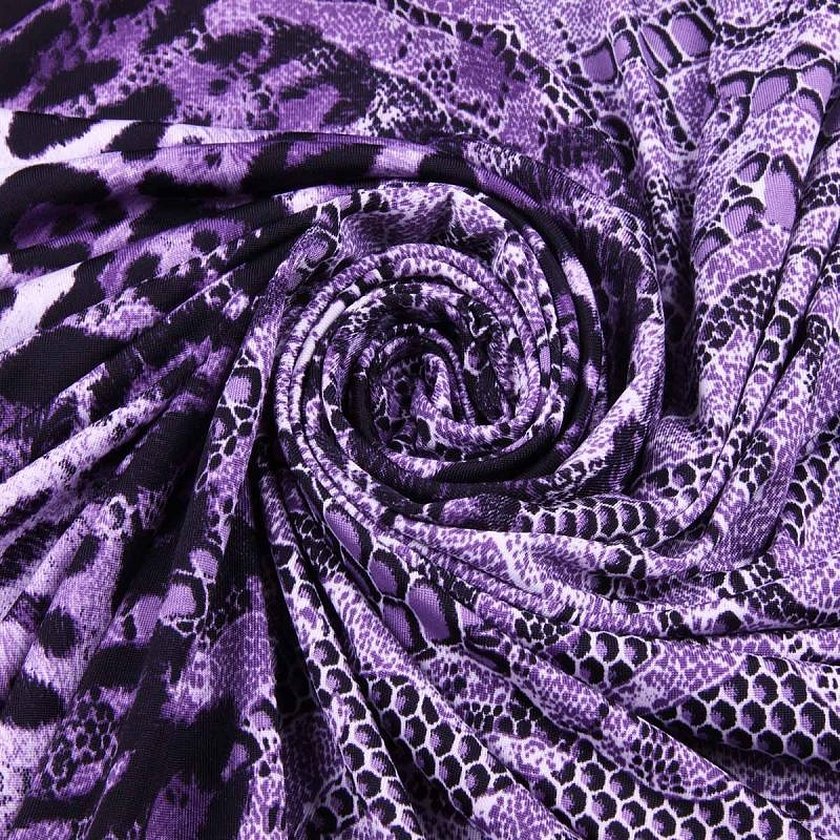
Scope of application
This fabric has a very wide range of applications. From such material you can make everything from upholstery of sofas to making women's handbags. Also a good decorative move would be finishing furniture with such material.

For example, suits, both business and sports, skirts, sweaters and much more are sewn from knitted fucre. This material can also be used to make curtains and drapes. Here, taffeta or satin fabrics are most often used. Materials consisting of pure polyester are most often used for lining fabric.
Please note! There are two types of expensive fukra, such as silk and wool. It is used mainly by designers for exclusive exhibitions or for exclusive wardrobe items (ties, stoles, scarves).

Recommendations for the care of products made of fukra
Items made from such material can be washed in a washing machine, either automatically or manually.
Machine wash is possible, but do not add bleach under any circumstances, otherwise you will ruin the fabric.
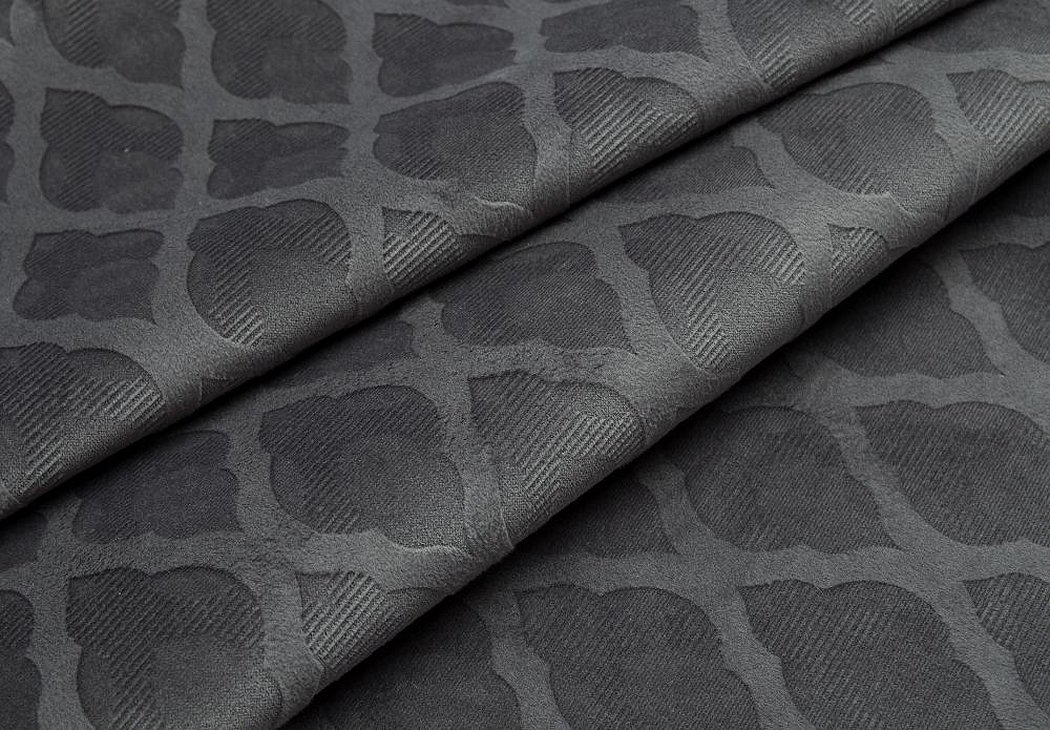
After washing, the item must be ironed and hung out to dry.
Please note! You need to hang things as far away from batteries or radiators as possible, and also protect them from direct sunlight.
It is better to entrust washing wool and silk items to a professional, as there is a high probability of damaging the item. If you wash wool by hand, you need to use special soft products (for example, washing gels).
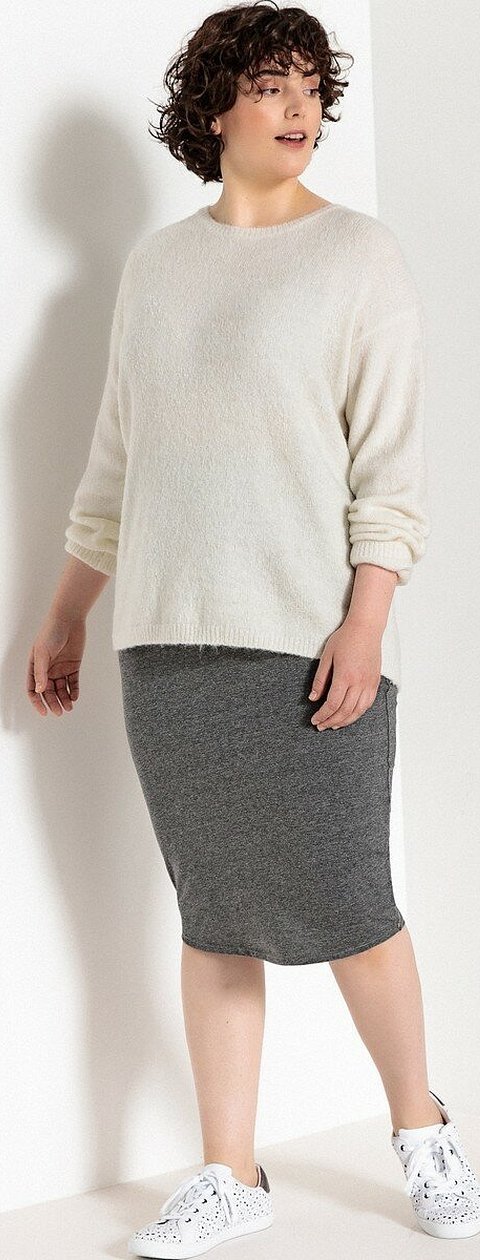
It is recommended to wash the item only after carefully examining the label, which contains some instructions and contraindications in order to maintain the attractive appearance of the item for as long as possible.
It is not recommended to iron items under any circumstances. It is better to iron these items by hand. If there is an urgent need to iron, then you need to put a fairly thick pad on the item so as not to damage it or reduce its amount to a minimum.
Description of pros and cons
Canvases of this type can be made of absolutely different materials, respectively, the pros and cons of all will be different. Therefore, real canvases, completely made of polyester, which are now in the greatest demand, will be taken as a basis.
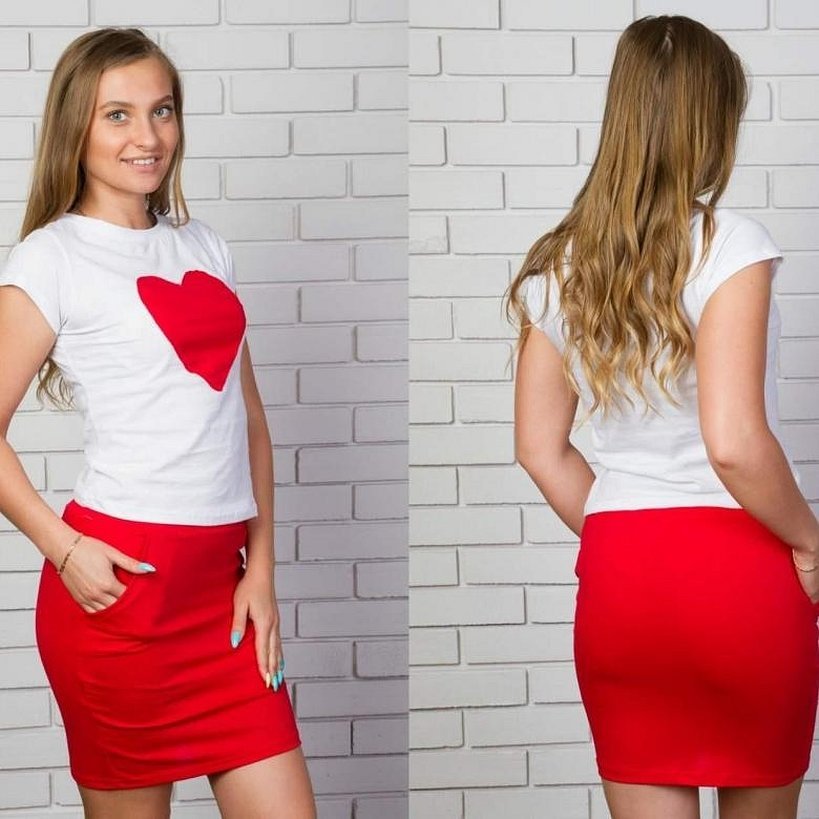
Pros
- Very strong and dense, which makes it very durable.
- Convenient to use. Easy to wash, dry and iron.
- Very difficult to wrinkle
- Never loses its shape, even after numerous washes
- Value for money
Cons
- The skin in such clothes does not breathe due to extremely low air permeability
- Such things do not absorb moisture at all and cannot remove it to the outside, which violates hygiene.
- These items can become highly electrified and shoot out.
Anyone can afford clothes, a bag or even sofa upholstery made of fucre, as it is relatively inexpensive. It is distinguished by its very high quality and its unique, inimitable appearance, along with other fabrics. It is convenient to use, as it almost does not wrinkle and is easy to care for. The best price-quality ratio among similar materials. Multifunctional and widely used.
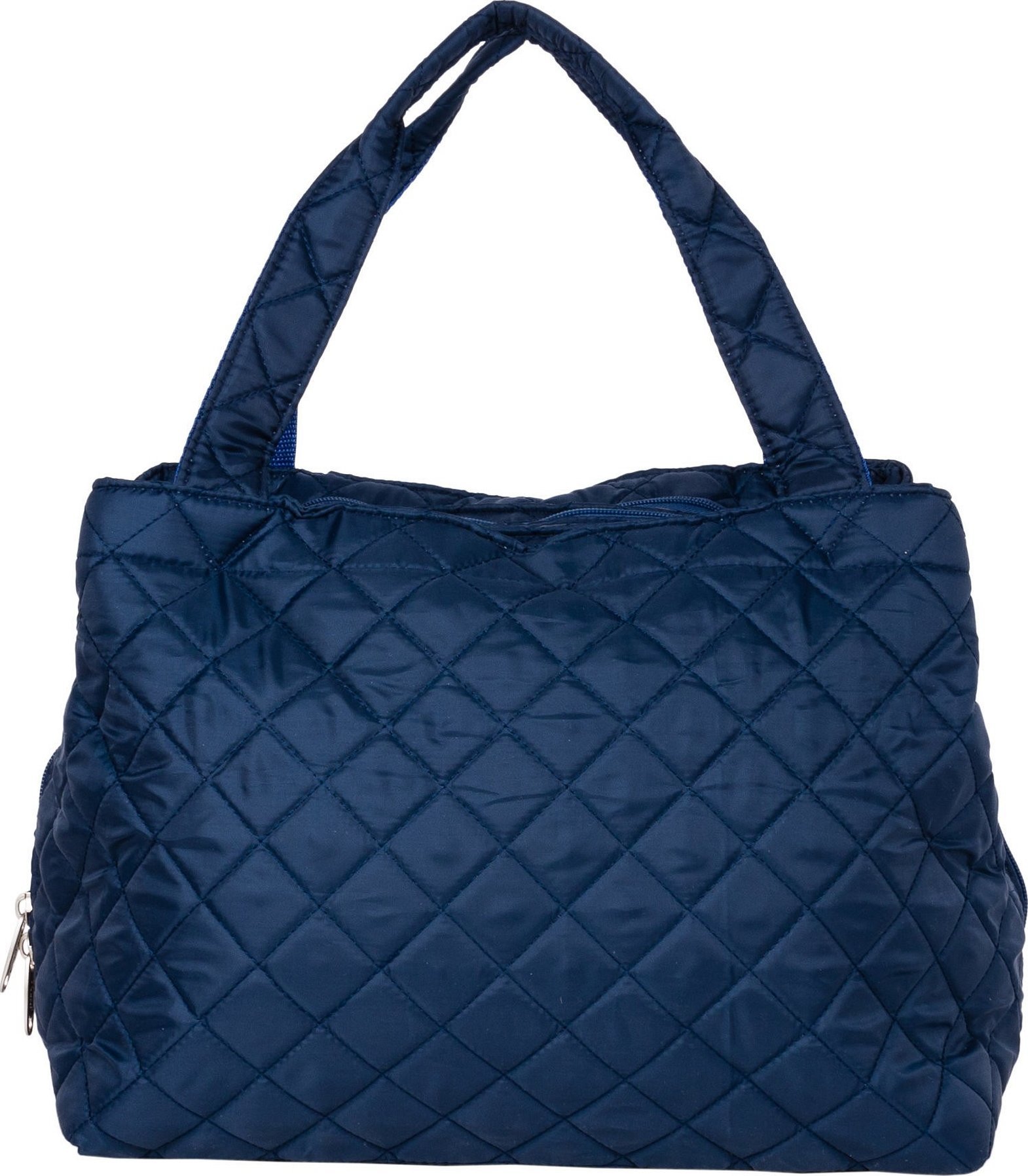
The production of this material is carried out under the careful guidance of professionals who have attended more than one master class on all types of fabric (satin, cotton, linen and even wool felting) and know their business, which once again leaves no doubt about the quality of this fabric.
Despite some of its shortcomings, such as high electrification, low water absorption and removal capacity, as well as low skin ventilation, this type of fabric definitely deserves attention, because it has many more advantages.

